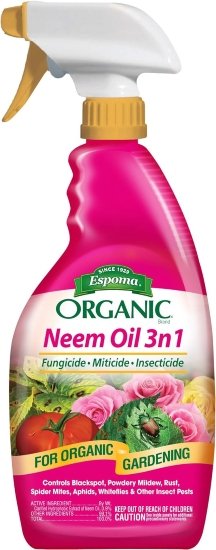Pepper plants are susceptible to several diseases that can significantly impact their growth and yield. Understanding the symptoms, causes, and methods of treatment and prevention is crucial for maintaining healthy pepper plants. Below, we discuss some common pepper diseases in detail.
1. Bacterial Spot
Symptoms of Bacterial Spot
- Small, water-soaked spots on leaves that turn dark and become scabby.
- Yellowing of the leaves.
- Black, sunken spots on fruits.
Cause of Bacterial Spot
- Caused by the bacterium Xanthomonas campestris pv. vesicatoria.
- Spread by splashing water, contaminated tools, and infected plant debris.
Cure for Bacterial Spot
- Natural: Remove and destroy infected plant parts.
- Organic: Apply copper-based fungicides regularly.
- Chemical: Use bactericides containing streptomycin or copper hydroxide as per label instructions.
Prevention from Bacterial Spot
- Use disease-resistant pepper varieties.
- Practice crop rotation and avoid planting peppers in the same location consecutively.
- Ensure good air circulation and avoid overhead watering.
2. Phytophthora Blight
Symptoms of Phytophthora Blight
- Dark, water-soaked lesions on stems, leaves, and fruits.
- Wilting and yellowing of plants.
- White, cottony mold on affected parts in humid conditions.
Cause of Phytophthora Blight
- Caused by the water mold Phytophthora capsici.
- Spread through contaminated soil and water.
Cure for Phytophthora Blight
- Natural: Remove and destroy infected plants immediately.
- Organic: Apply biofungicides containing Bacillus subtilis.
- Chemical: Use fungicides such as mefenoxam or metalaxyl.
Visit Amazon to find the products
Prevention from Phytophthora Blight
- Improve soil drainage and avoid waterlogged conditions.
- Use raised beds and apply mulch to reduce soil splash.
- Practice crop rotation and avoid planting in infested areas.
3. Anthracnose
Symptoms of Anthracnose
- Dark, sunken lesions on fruits with concentric rings.
- Orange to salmon-colored spore masses on lesions.
- Premature fruit drop.
Cause of Anthracnose
- Caused by fungi of the genus Colletotrichum.
- Spread through infected seeds, plant debris, and splashing water.
Cure for Anthracnose
- Natural: Remove and destroy infected fruits and plant debris.
- Organic: Use neem oil or copper-based fungicides.
- Chemical: Apply fungicides such as chlorothalonil or mancozeb.
Prevention from Anthracnose
- Use disease-free seeds and resistant varieties.
- Avoid overhead watering and ensure good air circulation.
- Clean and disinfect tools and equipment regularly.
4. Mosaic Virus
Symptoms of Mosaic Virus
- Mottled, yellow, or mosaic-like patterns on leaves.
- Distorted or stunted growth of plants.
- Reduced fruit yield and quality.
Cause of Mosaic Virus
- Caused by various viruses, including Tobacco mosaic virus (TMV) and Cucumber mosaic virus (CMV).
- Spread by insect vectors like aphids and contaminated tools.
Cure for Mosaic Virus
- Natural: Remove and destroy infected plants.
- Organic: Apply insecticidal soap to control aphids.
- Chemical: There is no chemical cure for viral infections; focus on prevention and control.
Visit Amazon to find the Product
Prevention from Mosaic Virus
- Use virus-resistant varieties.
- Control insect vectors with organic or chemical insecticides.
- Disinfect tools and wash hands before handling plants.
5. Powdery Mildew
Symptoms of Powdery Mildew
- White, powdery fungal growth on leaves, stems, and fruits.
- Yellowing and premature leaf drop.
- Stunted growth and reduced yield.
Cause of Powdery Mildew
- Caused by various fungi, primarily Leveillula taurica.
- Spread through windborne spores.
Cure for Powdery Mildew
- Natural: Prune affected parts and ensure good air circulation.
- Organic: Apply sulfur-based fungicides or a mixture of baking soda and water.
- Chemical: Use fungicides such as myclobutanil or trifloxystrobin.
Prevention from Powdery Mildew
- Plant in sunny locations with good air circulation.
- Avoid overhead watering.
- Use resistant varieties and maintain proper plant spacing.
Proper identification and management of pepper plant diseases are essential for healthy and productive plants. By recognizing symptoms early, understanding the causes, and implementing appropriate cures and preventive measures, gardeners can effectively manage and reduce the impact of these common diseases on their pepper crops.









